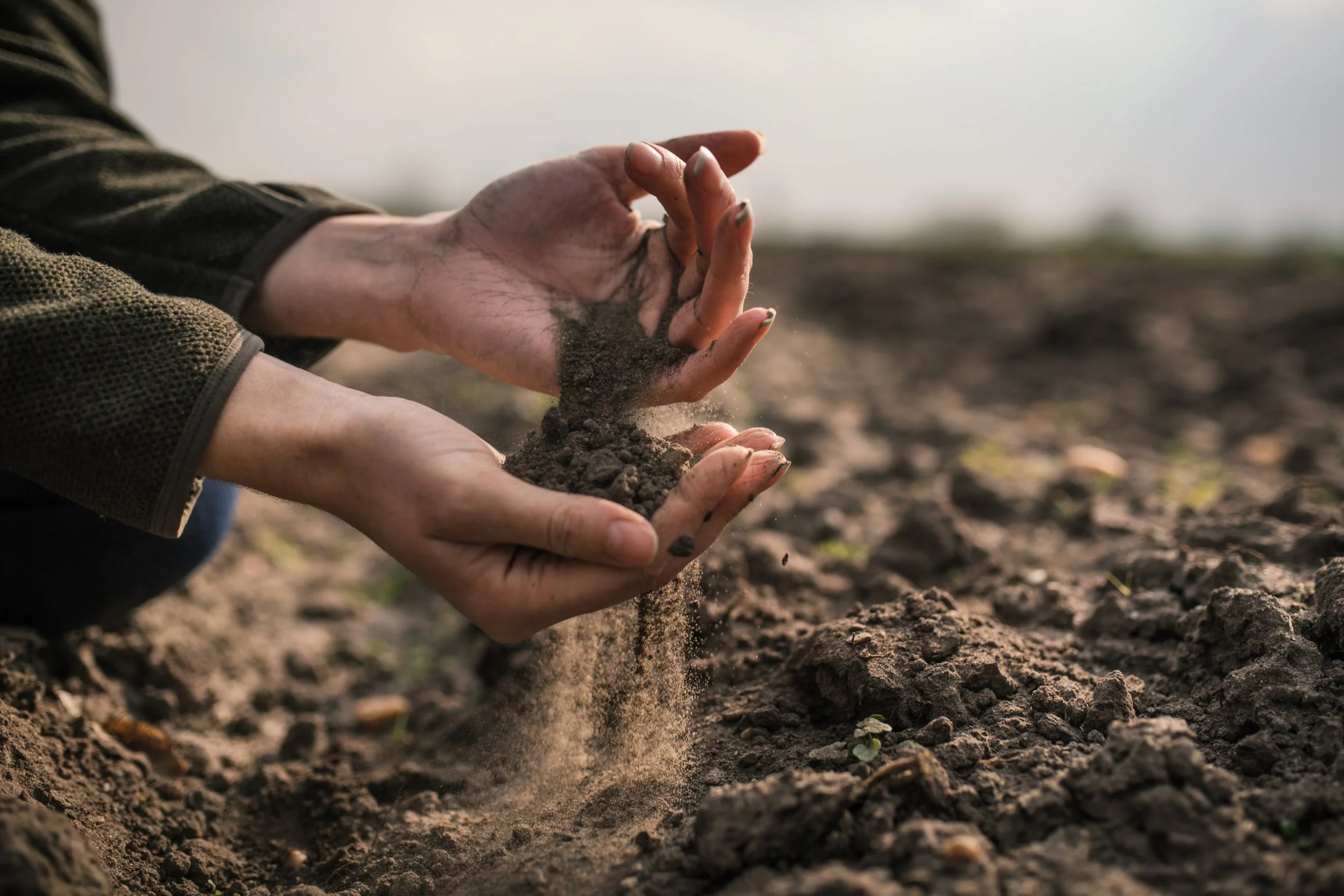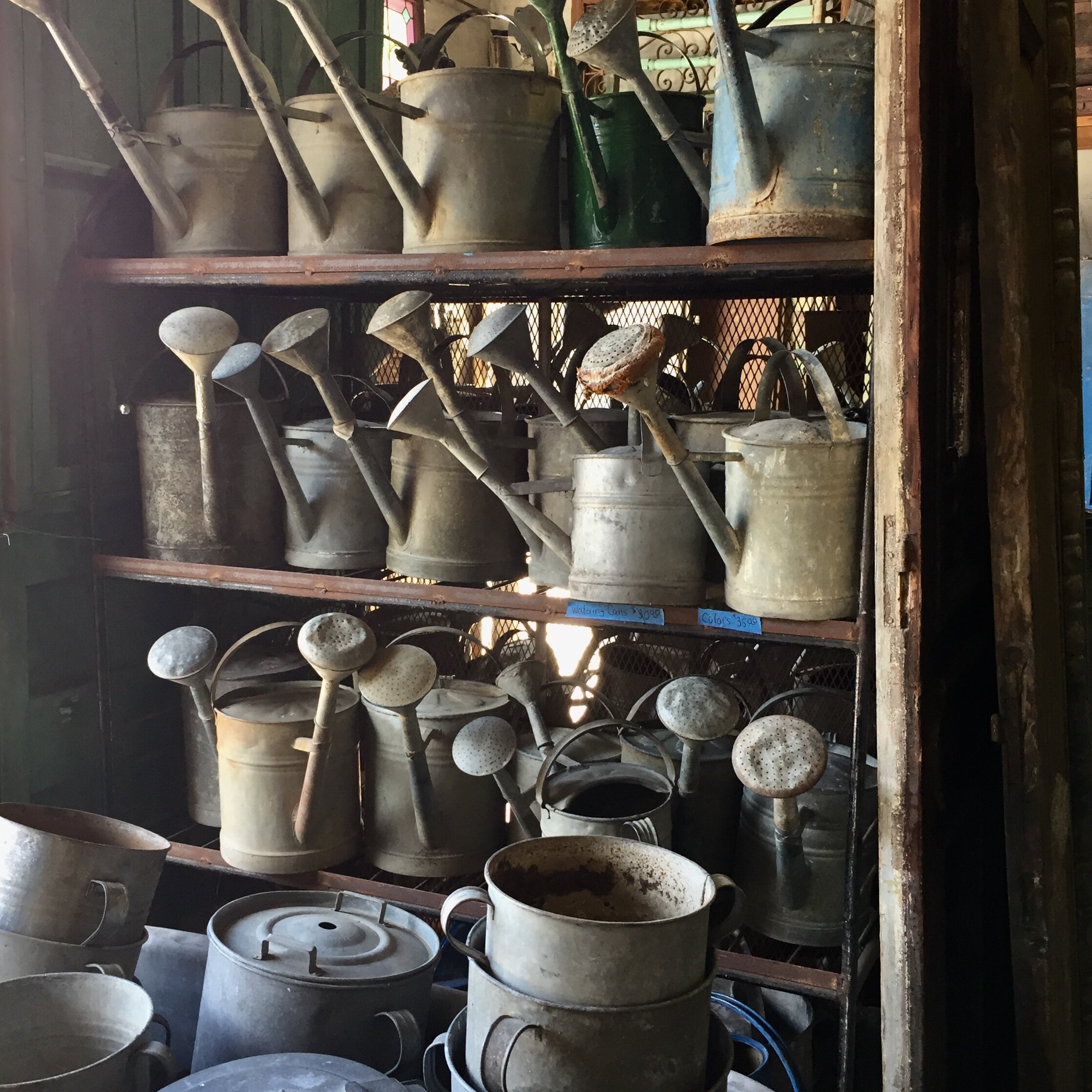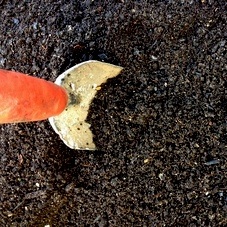USDA: "Soil Your Undies”
Officials are encouraging people to “soil their undies”—but the suggestion is not as unseemly as it sounds. To help gauge the health of local soils, the U.S. Department of Agriculture recommends planting a pair of fresh cotton underpants 3 inches deep in the ground. Wait at least 60 days, then dig them up.
Healthy soil contains billions of microbes that will break down organic material like cotton, so the more holes-filled and threadbare your unearthed undies, the heartier your soil. And the heartier your soil, the bigger the role it can play in producing nutritious plants, reducing erosion and storing carbon. Source: The Nature Conservancy Magazine
Here’s the how-to:
Plant a pair of new, cotton underwear horizontally about 3 inches deep in the site you're curious about. Don't forget to mark the spot you planted!
Wait at least 60 days. This gives your soil microbes time to do their magic! Then dig the undies back up.
Share your results by sending us a photo of your "harvest" and a little info about your operation to orinfo@nrcs.usda.gov.
Read more:
USDA Natural Resources Conservation Service Oregon
Soil Solutions The Nature Conservancy
The hungry microbes in your soil need food, shelter, and variety in order to thrive, just like us! You can take care of your microbial friends by following these four steps:
Avoid soil disturbance wherever and whenever possible.
Maximize soil cover with living plants and residue.
Maximize biodiversity by growing a variety of plants and managed integration of livestock.
Maximize living roots in the soil throughout the year.
(Microbial action, USDA—NRCS)







